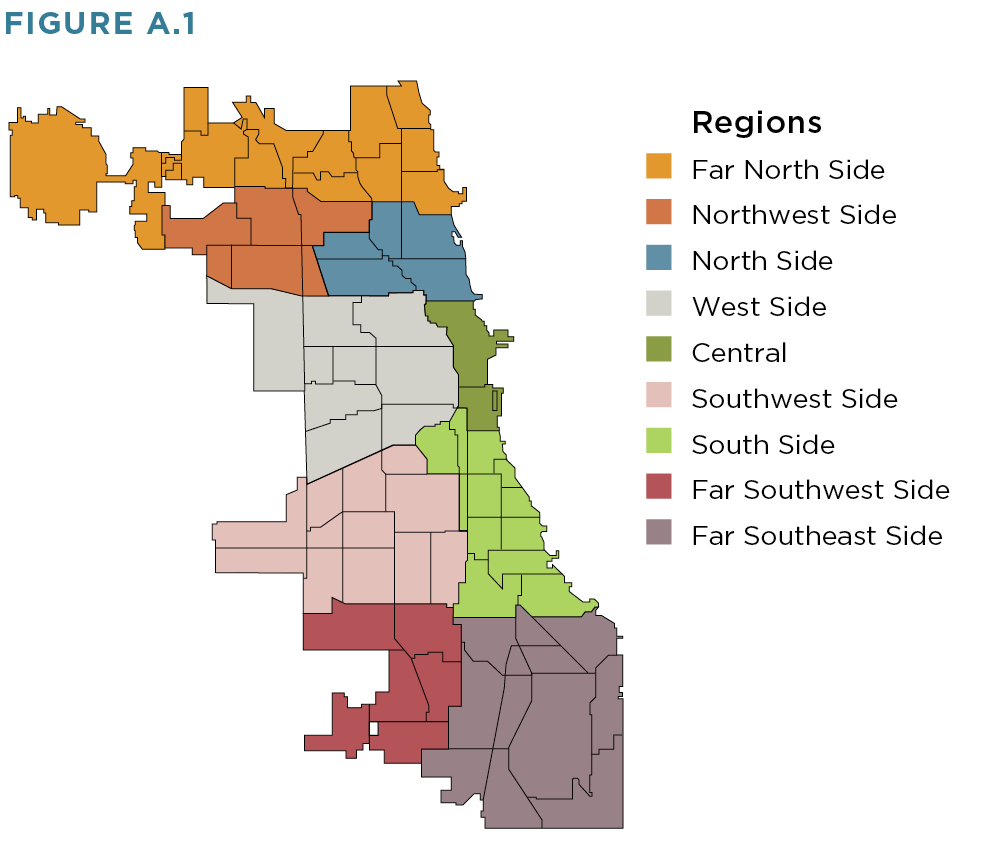1. How did Computer Science (CS) offerings change over time, and did CS offerings differ by school characteristics?
2. How did student enrollment in CS change over time?
3. How well did students perform in CS courses?
The last several years have seen high-profile efforts by districts, states, and not-for-profit organizations to expand Computer Science (CS) education in K–12 schools in the United States. At the federal level, President Obama’s 2016 budget proposal included four billion dollars for state grants and 100 million dollars for district grants for Computer Science for All (CS4All) plans. Chicago Public Schools (CPS) led the nation in the expansion of CS education with their CS4ALL initiative in 2013 and later on announcing that computer science would be a graduation requirement starting with the class of 2020.
This study examines trends in CS education in Chicago over the last decade in CPS high schools. The longitudinal look utilizes data from 2008-09 through 2017-18. It looks specifically at the cohorts of students expected to graduate under the new CS graduation requirement in 2020 and 2021. Because our data sample ended in 2018, our analyses and findings do not include information for a full four years of enrollment for the 2020 and 2021 cohorts.
Key Findings
- Access to CS increased steadily following the announcement of the CS4All initiative; by 2018, more than 90 percent of students attending CPS high schools were enrolled in a high school that offered at least one CS course.
- Annual enrollment in CS increased steadily following the introduction of Exploring Computer Science (ECS) in the 2012-13 school year, especially in introductory-level courses. Cohort enrollment rates also increased over time, with particularly large increases for the cohorts subject to the new CS graduation requirement.
- While Asian students remained more likely to enroll in a CS course than other students in the district, enrollment rates increased for all race/ethnicity groups. Differences in enrollment rates by race/ethnicity and neighborhood SES at the district level were due in part to differences in access to CS courses.
- Black students were the least likely overall to enroll in a CS course, in part because they were the least likely to attend a school that offered CS.
- Once we account for differences in access to CS, Black students were the most likely to enroll in a CS course.
- Enrollment rates increased for both male and female students, but male students were more likely to enroll in a CS course than female students, even within schools offering CS.
- This enrollment rate difference widened after the introduction of the ECS curriculum.
- Overall and across student subgroups, students earned higher average grades in CS courses than in core course, and few students failed CS courses.
Click below to view a webinar offered by CSforALL on December 17, 2020, to discuss the findings and implications of the report.
Trends in Computer Science Education: Access, Enrollment, and Performance in Chicago Public High Schools from CSforALL on Vimeo.



